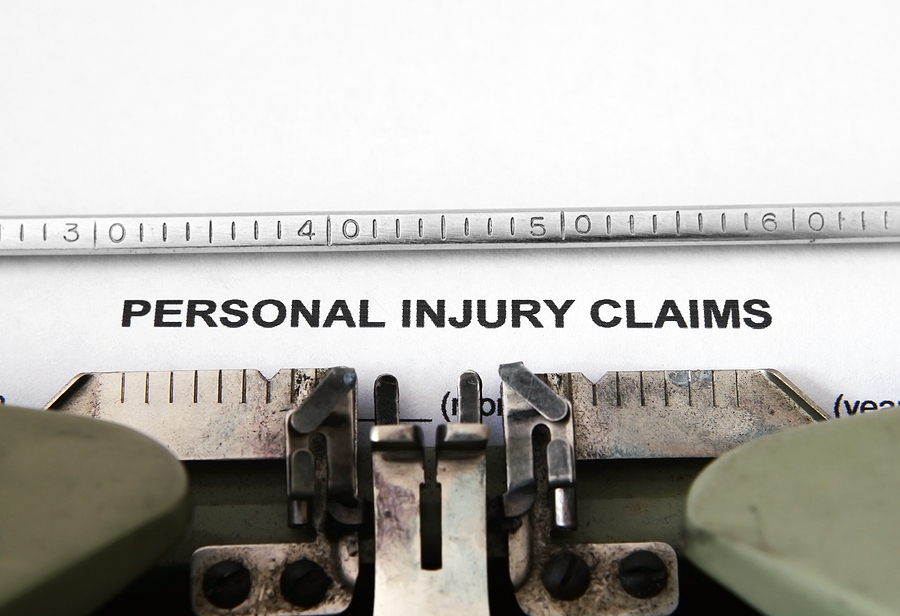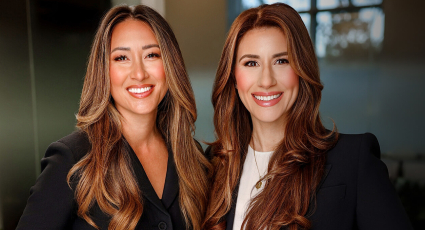Winning a case isn’t always as it appears on TV or in movies. About 7 out of 10 personal injury cases result in a settlement. Only 4% of cases go to trial. That leaves almost 30% that never go to trial or result in a settlement. Of those settlements, 58% are for no more than $25,000.
EEOC cases aren’t much better. Of the 81,055 cases in 2023, only 8.5% settled. Over 50,600 were found to have no reasonable cause. You need to have a winning strategy.
Evidence is one of the leading ways to win a case. However, you also need to be able to carefully document everything and prove your losses. When it comes to providing losses in a legal claim, it’s important to have proof. It’s also important to understand the different types of losses. We’ll go over each one to help you understand what you can and cannot claim as a loss.
Understand the Types of Losses
When you’re building an estimate of what you’ve lost, you need to consider every type of loss. There are three main types of losses to consider.
Economic Losses
Most people think of economic losses in a personal injury or workplace discrimination case. You were injured by someone else’s irresponsible behavior or failure to take appropriate precautions. You can’t work because of your injuries. You lost your job because you filed a complaint against your boss for racist comments, and now that you’ve been fired, you’re struggling to pay the bills.
Loss of wages is one type of economic loss. You might also be stuck with costly medical bills after you fall on an icy sidewalk that was poorly maintained. You woke up to a car crashing into your house because it took a corner too fast. All of these situations have a monetary loss that you can calculate. You can track how many days of pay you’ve lost. You have the total cost of the medical bills. All of this is easy to calculate.
You need bills, invoices, and receipts. You can document it with pay stubs, contractor estimates, or the medical bills you receive in the mail or have to pay before you’re discharged. Keep all of the originals in a fireproof safe and save emails and invoices received online both on your computer, in a cloud storage such as Google Drive, or on a thumb drive or external hard drive.
Non-Economic Losses
It’s harder to quantify non-economic losses. This includes things like your pain and suffering and the impact it has on your friendships, work life, or family. It can also be the loss of enjoyment you have. For example, you used to love going to dinner, but a shooting that happened in front of the restaurant has made you terrified to leave your home. You can’t put a price on that fear.
Witness statements will go a long way in non-economic claims. You can also keep a journal of your mental health, emotional health, and physical symptoms as you go through panic attacks, chronic pain, fear of leaving the home, and other forms of emotional distress. It’s made it hard to leave your home to get to work. It’s impacting your relationships because your friends feel you should just get over it. There’s nothing wrong with you, and that’s important to remember.
If you’re in a car accident, you’ve healed from your injuries. You still experience a lot of joint pain where metal pins had to be used to repair the damage. The pain is worse when it’s cool and damp outside. You’re told that’s always going to be part of your life. It’s pain and suffering, and while it’s hard to put a financial amount on that pain, it’s impacting your life and matters in a lawsuit.
Punitive Damages (Exemplary Damages)
Punitive damages are defined as “damages awarded in excess of compensation to the plaintiff to punish the defendant.” It’s similar to non-economic losses, but there’s one key difference. The thing to remember in this is the term “punish.” If a company has a product that they know is dangerous but continue to push it anyway, they’re putting others at risk for their gain.
One area where punitive damages have been immense is cases against big tobacco and cigarette companies. For decades, tobacco companies have made public statements denying there is a link between lung cancer and smoking. In 1994, several CEOs of tobacco companies testified that nicotine and tobacco products are not addictive. That’s helped make it possible to win punitive damages for former smokers who are battling or succumbed to diseases like COPD and lung cancer.
Witness testimony is important here. The more people who can testify about the misleading statements or ads you believed in, your mental health after the incident, and anything else that proves the emotional damage you’ve suffered and the willful behavior of the company or person.
The Value of Working with a California Attorney
Even if you’re not certain you have the knowledge needed to definitively prove your losses, don’t feel that it’s futile to file a complaint. Having a lawyer to help you is ideal. Go back to the statistics on personal injury cases. The average compensation without a lawyer’s help is $17,600. With a lawyer, the average compensation soars to $77,600.
Attorneys have the benefit of understanding statutes of limitations and deadlines. You only have a certain amount of time before you can no longer file a complaint. There are often different rules for government employees, plus the victim’s age makes a difference in certain cases.
When you work with an attorney, they know the evidence that can help you win a case. They also understand how to present it to ensure it’s impactful. Attorneys also know how to store electronic evidence to ensure it doesn’t accidentally get overwritten or lost if a computer crashes.
Originals are better evidence than copies. An attorney can work to get originals if you don’t have the authority to get them. Attorneys can also help preserve the chain of evidence to show how the paperwork was obtained, who handled it at any point, and how it’s been secured until a hearing.
Shegerian Conniff’s legal team has the experience and knowledge to help you go over your employment discrimination or personal injury case. We’ll work with you to make sure you have the best possible documentation and information to get the highest possible settlement or judgment.

